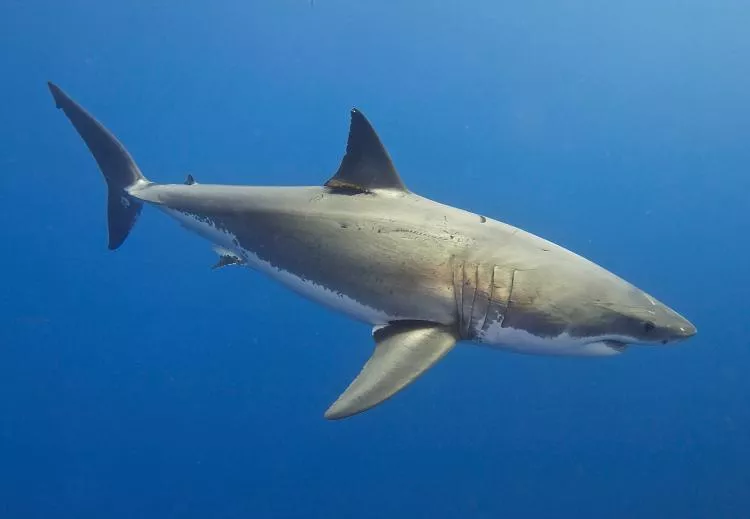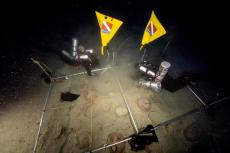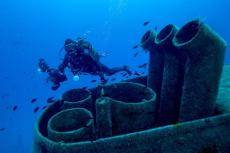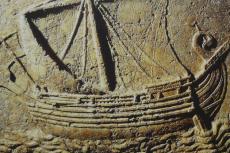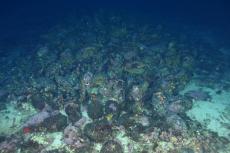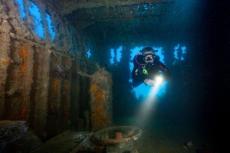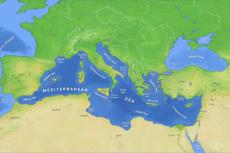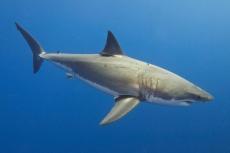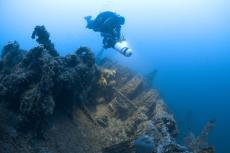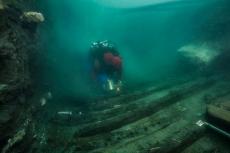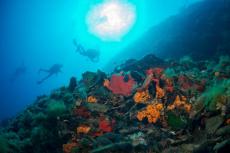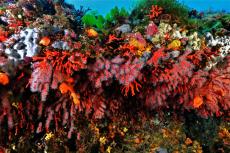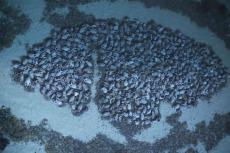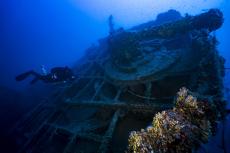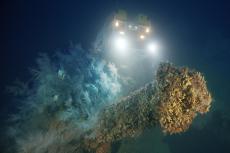Tracing Mediterranean Great White Sharks With DNA
In the Mediterranean Sea, where white shark catches and sightings are limited and unpredictable, the analysis of genetic material shed from white sharks as they move through the water provides novel insights into their distribution and abundance.
As fans of crime series will know, every living creature sheds DNA through skin cells, hair, scales and other bodily secretions as they move. This leaves behind a trace in whatever environment they were in, thus becoming environmental DNA (eDNA).
An emerging molecular technique called eDNA analysis enables researchers to scan samples of water, air, or soil for tiny remnants of DNA and identify organisms it came from.
The most common method of collecting eDNA is to use a special kit that filters water and traps biological materials. After capturing the material on the filter, DNA can be extracted in a laboratory.
Shark researchers have been using eDNA techniques for years, testing waters worldwide to find out what shark species are in a particular place—even if they haven’t been physically seen!
Great Whites in the Med
One area of particular interest is the Mediterranean Sea where sharks are rarely seen even though it is home to 47 species, including the great white shark. The Mediterranean white shark is one of the least known and most endangered populations in the world.
Despite living in the area for centuries, great white shark numbers rapidly declined in the Mediterranean Sea research conducted in 2020 found. Recent analyses suggest that the population has declined by 52 to 96 percent from historical levels in different Mediterranean sectors.
"Looking for white sharks in the Mediterranean Sea is like finding a needle in a haystack. It is a challenging task and thus we used eDNA—an approach notably expanding in the marine world and extremely efficient for detecting cryptic animals—to sniff the tracks of these elusive sharks," explained Professor Francesco Ferretti, Virginia Tech.
In June 2021, Ferretti's team obtained environmental water samples from 16 sites within the Sicilian Channel in which they found four samples (out of 69) with unique gene fragments, meaning great white sharks had recently been there.
Citizen scientists can help
In order to learn more about the Mediterranean Sea, citizen scientists can be integrated into eDNA surveys to maximise sampling efforts and reduce ship-time costs. Any boat owner and ocean goer can help collect eDNA samples around the Mediterranean which is one of the most trafficked bodies of water on the planet.
Scientists have developed cost-efficient and easy-to-use kits for sampling and filtering surface water and preserving eDNA to be shipped back to their laboratory for processing. The team has already partnered with the International Seakeeper’s Society to launch the sailing partners initiative in the Mediterranean Sea and, with the support of the Augmentum Foundation and Yachts for Science, the team aims to expand the sampling range from Malta to the coasts of Tunisia.


